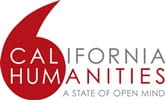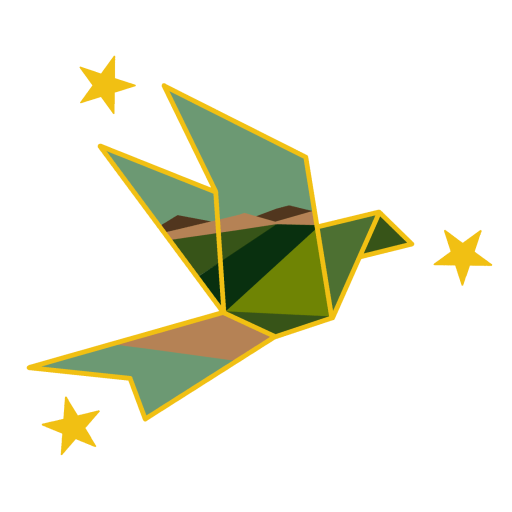Watsonville is in the Heart is excited to launch a suite of free educational programs and resources to accompany Sowing Seeds: Filipino American Stories from the Pajaro Valley, a new art and history exhibition at the Santa Cruz Museum of Art and History.
Sowing Seeds: Filipino American Stories from the Pajaro Valley Field Trips
Explore Sowing Seeds: Filipino American Stories from the Pajaro Valley. In an interactive two-hour tour featuring family heirlooms, oral history interviews, and works of art, students will learn about Filipino labor and migration to the Pajaro Valley from the 1930s to the present. Through discussion questions and an in-gallery activity, students will reflect on the importance of preserving and sharing local family stories.
Dates: Thursday and Friday afternoons from April 18th, 2024– August 4th, 2024
Start Times: 12:00 pm and 2:30 pm
Admission: Free as a courtesy of *California Humanities.
Dear Watsonville: Recording our Family Histories Lesson Plan
Sowing Seeds: Filipino American Stories from the Pajaro Valley will feature Dear Watsonville, a mixed-media short documentary that commemorates the first Filipino farm workers to settle in the Pajaro Valley during the 1930s. Filipina film maker, Sandra Lucille combines oral history, archival images, and hand-drawn illustrations to create a narrative about narrative about resilience, placemaking, and childhood. This lesson plan includes an excerpt of Dear Watsonville and discussion questions. An activity asks students to conduct an oral history interview with a family or community member and to create an illustration inspired by the film. The lesson plan also includes handouts and resources on oral history interviewing.
This lesson plan was created by Watsonville is in the Heart team members, Janeth Perez-Quirke, Ian Hunte Doyle, Meleia Simon-Reynolds, and Dr. Kathleen Gutierrez in collaboration with Oscar Paz, Education and Outreach Manager at the Santa Cruz Museum of Art and History (MAH).
After completing the lesson plan, students will be able to:
- Recognize the importance of family and community history
- Interview a relative or community member about their childhood, family, and life
- Create an illustration of an important family or community memories
Target grade levels: k-12
This lesson plan is available in English and Spanish.
To access this lesson plan and others created by the Santa Cruz MAH for free, complete this Google Form.
Home and Community in Johanna Poethig’s PlaceSetting
This activity centers PlaceSetting, a multimedia installation featured in the Sowing Seeds exhibition. PlaceSetting was created by Oakland-based visual, public, and performance artist Johanna Poethig. The artwork honors histories of community-building and grassroots social justice activism at San Francisco’s International Hotel. During the activity, students will learn about Poethig’s art practice and explore Pajaro Valley Filipino American history through WIITH’s digital archive. They will draw connections with their own homes and communities while creating a digital collage inspired by Poethig’s PlaceSetting.
This lesson plan was created by Watsonville is in the Heart team members, Meleia Simon-Reynolds, Ian Hunte Doyle, and Dr. Kathleen Gutierrez with assistance from Dr. Tera Martin from Cabrillo Community College and her students.
After completing this activity, students will be able to:
- Summarize Johanna Poethig’s motivations for creating PlaceSetting
- Analyze PlaceSetting to identify themes of home and community
- Create a collage inspired by Poethig’s PlaceSetting using historical primary source documents from the Watsonville is in the Heart Digital Archive and additional found and personal objects
Access this activity for free here.

*This project was made possible with support from California Humanities, a partner of the NEH. Visit www.calhum.org. Any views, findings, conclusions, or recommendations expressed in these educational resources do not necessarily represent those of California Humanities or the National Endowment for the Humanities.
